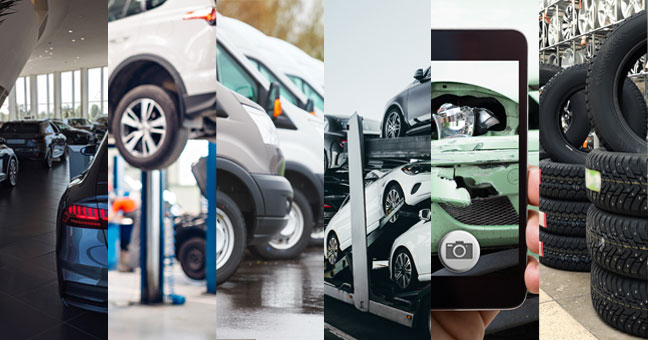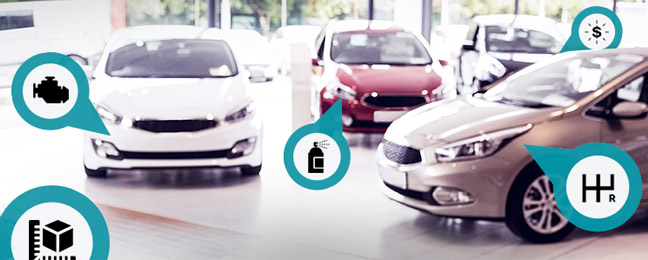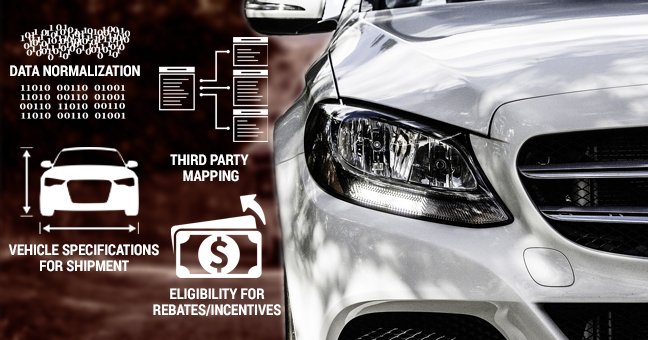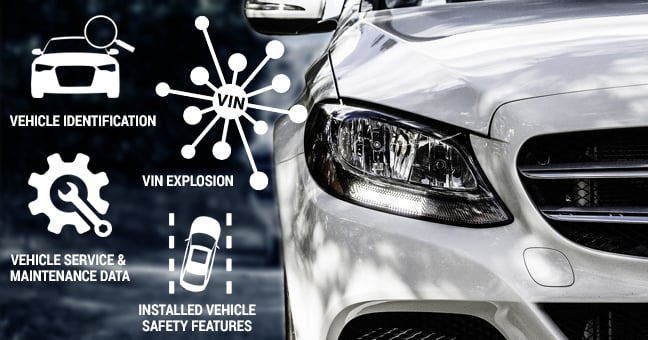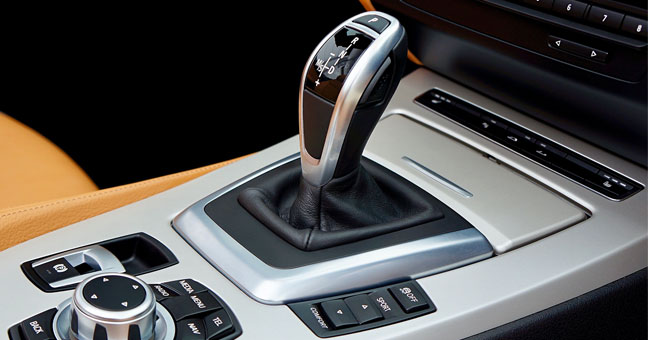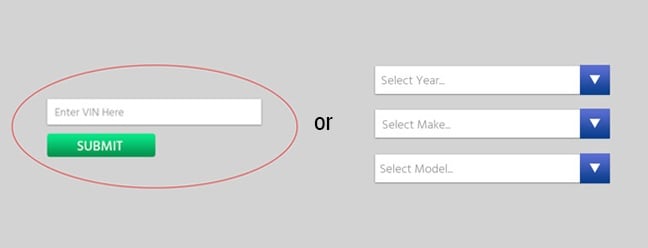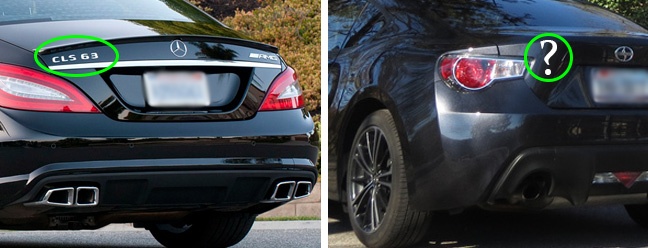This post has been republished with updates since its original publication date of December 2011.
It is not uncommon for some of the people who express interest in our VIN data to have little experience with automotive data in the past. They may be new to the company/position, or they may be looking to apply an existing business model in a new way that requires a VIN decoder or vehicle data. Many times, these people are not quite sure what to expect to get in return for decoding 17-digit VINs. Below is a list of 10 things that you can expect to be returned when decoding US passenger and light-duty vehicle identification numbers.
Read More
Topics:
Logistics,
Automotive Data,
Vehicle,
VIN,
Auto Manufacturers,
Vehicle Equipment
All-wheel drive (AWD) and four-wheel drive (4WD, 4X4) systems continue to gain traction in the marketplace and, as a result, are widely available on most of today’s best-selling vehicles. However, advancing technology and OEMs’ marketing spin are making it increasingly difficult to discern between the two features, leaving everyone – from consumers to dealerships and vendors – confused about whether a given vehicle is technically AWD or 4WD.
Read More
Topics:
Vehicle Equipment
In a previous article, we discussed how businesses can leverage a commercial VIN decoding solution to identify vehicle specs by VIN, as well as which specs are often included. In this article, we are going to dive into which businesses benefit from this functionality. The short answer is just about any industry that has anything to do with vehicles, their maintenance, financing, insurance, or transportation. Here’s a deeper dive into some of the most popular use cases for vehicle specs identification by VIN:
Read More
Topics:
Logistics,
VIN,
Parts & Services,
Insurance,
Vehicle Equipment,
Dealers,
Fleet Management,
Risk Management
This post has been republished with updates since its original publication date in July 2013
Quick access to complete and accurate vehicle specifications is necessary for many businesses in the automotive and allied industries. Firstly, I want to clarify that “vehicle specifications” can fit into more than one category. Some businesses may be looking to identify “construction” vehicle specs such as weights, dimensions, capacities, etc., while other businesses may be looking for “operation” and/or “performance” vehicle specs, including engine and transmission, standard and optional equipment, fuel economy, exterior, and interior colors, etc.
Regardless of which vehicle specs your business is looking to identify, scanning through OEM websites, vehicle manuals, or even your internal management system/DMS often involves more effort than time allows. This is where VIN decoding comes in handy. Identifying vehicle specs by VIN with the use of a VIN decoding solution is ideal for businesses working with several vehicle makes and models.
Read More
Topics:
Logistics,
VIN,
Parts & Services,
Vehicle Equipment
Vehicle data and VIN decoding solutions are widely used across the automotive industry and are the foundation for many businesses. Some of the more common use cases are basic vehicle identification (year, make, model, trim, etc.) or VIN explosion, as covered in the preceding article. However, there are some less obvious uses for vehicle data/VIN decoding that may come as a surprise to you, such as the following:
Read More
Topics:
Automotive Data,
VIN,
Vehicle Equipment
There are countless ways in which vehicle data/VIN decoding can be leveraged within a business. And while each business’s use case(s) are different, there are common vehicle datasets that are needed to accomplish their goals.
In this article, we’ve covered some of the most common uses of vehicle data.
Read More
Topics:
Automotive Data,
VIN,
Vehicle Equipment
This post was updated Dec 2020 with the latest VIN number statistics
Determining the type of transmission installed in a vehicle from VIN alone has traditionally been a challenge. Through the 1990s and even well into the 2000s, most vehicles were offered by OEMs with both manual and automatic transmission options. And, while the NHTSA VIN standard requires OEMs to encode model and engine information into positions 4-8 of the VIN, no requirement exists for encoding transmission type. Even today, while most vehicles are offered with only an automatic transmission, more than 5% of vehicles produced for current model years have standard and manual options available and do not have transmission data encoded in the VIN.
This article explores four common questions about VIN decoding transmission data, and provides suggested solutions for increasing the match rate of decoded transmissions in your inventory or data feed.
Read More
Topics:
VIN,
Vehicle Equipment
VIN lookup and Year Make Model (YMM) search are both valuable tools for the auto industry. There's a good chance you are already using these search tools internally for business processes, externally for consumers, or even for both purposes.
Though YMM is a great way to conduct a vehicle search --especially if the VIN is not available-- there is much more room for imprecise vehicle details without VIN lookup. And in some cases, YMM search simply cannot give you or your consumers the information needed.
In this article, we've highlighted five advantages VIN lookup offers over YMM search.
Read More
Topics:
Vehicle,
VIN,
Vehicle Equipment
The NHTSA has been providing valuable crash testing ratings since 1978 that are based on front-impact crashes, side-impact crashes, and rollover resistance (added in 2011). In recent news, however, there could be some added categories to these crash test ratings.
Read More
Topics:
Safety,
Insurance,
Automotive Technology,
Vehicle Equipment,
Vehicle Shopping
If you've seen Scion's latest ad campaign for the iA and iM featuring James Franco, Jaleel White and Car Dealership Tubeman, then you may have noticed that they are really pushing their business model of a single-trim approach. The campaign's tagline states, "standard features that actually come standard." With Scion, there is no such thing as à la carte -- except for a few accessory add-ons -- and it's been that way since they started in 2003.
Why is it that just Scion limits all of their vehicle models to a single trim and standard equipment? Could this strategy work for other manufacturers (OEMs)?
Read More
Topics:
VIN,
Vehicle Equipment


